One of our earliest supporters and friends, Zack Smith has been a photographer and creative collaborator for us over the years. He calls Chalmette home with his family.
Interview by Price and Blake.
--
Blake
You got involved with Dirty Coast from the beginning. After Katrina you and Patrick were cutting trees for folks.
Zack
Living the dream. We made decent money, but it was hard work. After the storm we got some FEMA money, bought chainsaws, and the tree work took off. We cleared trees off houses so people could start repairs, and from streets and backyards—cash, trade, whatever folks had.
We briefly tried a “freezer removal” business—lasted about a week. You tip a dead freezer and everything spills out. It was nasty; you can’t do that without gagging.
Back then we were going house to house. We weren’t licensed, but we were insured—which basically meant we didn’t know everything, but if we got hurt, we’d cover it ourselves. We did that a few months and realized we had to do whatever it took to stay in New Orleans. Our energy and love for the city didn’t make sense anywhere else.
Around then, you and Patrick started talking more. There were curfews; everyone got stuck at houses together; ideas started flowing. That was the end of the “Tree Musketeers” when you pulled Patrick—no trio with only two people. I put on a suit and got a job.
At the same time my photo clients started returning—nonprofits, planning commission meetings, community marches. I was shooting New Orleans about New Orleans. That’s also when Dirty Coast started getting more serious.
Blake
When did we first start bringing you in for photo shoots? I remember the very first run of Be a New Orleanian and a few early designs—we shot those at The Fly.
Zack
There was also a house party you threw. You said, “Let’s get a keg,” and I brought a white roll-paper backdrop—just like the kind you have here. I’ve still got those photos.
The setup was simple: you walked into the house, and right by the entrance was the white backdrop. You couldn’t get to the keg until you took a photo in a Dirty Coast shirt. That was how we generated content: pose first, then get your beer.
I had my strobe and some leftover Calumet lights I’d gotten while working with Herman Leonard before the storm. These were these massive, antiquated strobes—felt like you had to pour gasoline in just to fire them up. We lit that backdrop with these giant, clunky lights and churned out portraits. Looking back, they were probably some of the worst photos ever—but at the time, it worked.
Blake
I have seen those photos. Everyone is very young, and we obviously are pretty tipsy. Everyone is having fun. We had some food and a keg in the backyard, and the LSU game was on.
Zack
Yeah, I remember the music going too. We made it fun to be part of something that people were just starting to hear about—Dirty Coast.
Any project you kicked off back then, Blake, it was always fun to join in because it meant being in a room full of like-minded people, talking about ways we could do good. That’s just how you roll—you made it about community first. People showed up, it was fun, and that energy steamrolled. A lot of those folks from that very first “photoshoot party” ended up being our models for the next ten years.
Blake
It started with simple shots like that, but over time the shoots became more creative—different models, new locations, bigger concepts.
Zack
Yeah, I remember. Up until then I knew the intersection of photography, art, and storytelling was where I felt most alive, but I had no idea how to actually make a living at it. If you’d told me back then, I wouldn’t have believed you.
Being able to take a T-shirt idea and strategize how to bring it into the real world—that was exactly what my creative sponge needed. It was dry, and Dirty Coast soaked it. You’d hand me a new design—sometimes just a mock-up from some random Café Press file—and say, “Here’s the shirt, here’s the name. What do you think?” And my mind would spin: What if we’re in a jungle? Monkey masks, someone swinging from a rope—can we do that? Sure, why not.
Whether or not I was getting paid, I had full creative license to go wild and fun, to grab people’s attention. The shirt was almost secondary—it was about how to involve people in something playful and imaginative, using the landscape of New Orleans itself to help tell the story. Sometimes it carried a political or cultural edge, sometimes it was just pure fun.
It also pushed me to use my gear in ways I rarely got to. These shoots gave me the chance to experiment, to mess up in real time, and to learn in real time. That’s the best way to learn any art form: you don’t get better by waiting, you get better by doing.
Blake
It was very low stress, laid back.
Zack
Yeah, absolutely. I could keep people around with food and drinks, and then just be as creative as possible. We’d always come up with something—even if we had no idea what it would be at the start. There was usually a loose framework: here’s the shirt, here’s the idea, maybe a rough sketch of a concept. Then we’d just go out and make it happen.
That was the fun part—not knowing exactly what we’d end up with, but knowing the process itself felt like community. It wasn’t just about the photos. It was about the experience of making them together.
Price
In this time period, are we talking about Hurrication? The Savior shoot? The Superfans calendar? Around 2008 or 2009?
Blake
Yeah, right around then. I call myself an absentee landlord at times. I wasn’t there for every shoot, definitely not for the day-to-day during the first ten years. I was also working on Canary, so often Zack would just go do a shoot, bring the photos back, and that was that. Early on, there wasn’t always someone deeply involved on the creative direction side.
You couldn’t get to the keg until you took a photo in a Dirty Coast shirt. That was the content pipeline: pose first, then get your beer.
Zack
And honestly, that’s the natural evolution of a strong brand. At first you try to do everything yourself. Eventually you realize the best thing is to let people who are good at their world own their part, then bring it back to the team. For a while, I’d run with shoots and return with the work. Later, having Price and Rachel involved meant concepts were thought through in advance. By the time I showed up, I had the tools and direction I needed, but still plenty of room to collaborate.
I’ve never liked just doing the work in isolation and submitting it. I want the team looking at the monitor, giving input, helping shape the images in real time. That way it’s not just a photo shoot—it’s an experience we share. We create a moment together. And like this conversation, those moments become lessons: arrive earlier, make sure we’ve got permits, cover the logistics. The “business side” gets sharper, but so does the communication and creativity.
For me, the more the merrier. A photo shoot is always better when it feels like a team adventure instead of a solo task.
Price
I feel like there’s a gap in the timeline I need help with. Back when you were doing those creative shoots—like the Alice in Wonderland tea party setups and other wild ideas—where were those photos even going? There wasn’t Instagram or social media yet. How were you sharing that work with customers?
Zack
Floppies, dude. Floppies.
Blake
In the very beginning, it was just the website header and the e-letter. That was it. There was no marketing machine—no social media, no print ads, no video campaigns. We weren’t broadcasting anything out to the world. The product itself was the advertising. It was all word of mouth.
So we were putting a lot of effort into photos that ultimately ended up compressed into a 72-dpi header on the site. That was the entire pipeline.
Zack
Back then I was shooting on a Canon 10D or 20D a lot, and sometimes on a Nikon. The resolution was rough—by today’s standards it was terrible. But for what we needed, it worked. We weren’t making big prints, so quality wasn’t the focus. The digital sensors weren’t great, so you had to nail it in-camera. Out in the middle of nowhere, the lighting had to be right, and I didn’t shoot a ton of frames. Honestly, I was lucky to come away with what I did.
I wasn’t even shooting RAW—just JPEGs. That meant there was no wiggle room. No fixing highlights or shadows later. If you missed the exposure, the shot was gone. I was still learning too—I’d just quit Lakeside Camera in 2003, the storm hit in 2005, then I came back and was figuring it all out. Dirty Coast shoots gave me space to experiment and learn in real time.
Price
That makes sense. I guess I’m still trying to piece the timeline together. What’s the evolution here? Like, my first introduction to a Zack Smith shoot was one Chris worked on—the Booker Patch design at One Eyed Jacks. How does that fit in with everything that came before?
Zack
That was your first one?
Price
No, that wasn’t my first shoot—but I do have a connection to it. Around that same time you did the lineup with the second line guys—those shots of Andrea in the sunshine with the tuba.
Zack
With the graffiti in the back—yeah, that was Red Wolf Brass Band.
Price
And then there was In That Number with Mike from GoodWood, in that overgrown railroad area in the Bywater. And NOLA X—that was the same era. All of that was before me.
Zack
What about the Voodoo courtyard shoot? Were you there for that?
Price
That was right before me too. Actually, that shoot—Voodoo and Booker Patch—I bumped into Chris as he was leaving One Eyed Jacks. I told him, “Hey, I’m looking for something new, do you know of any spots at Dirty Coast?” Two weeks later I was working for the company. We threw Chris a farewell party, then he moved to California.
My first shoot was under Jill’s direction in City Park. We were shooting Avery’s Louisiana Love Series. Jill called me like, “Hey, what are you doing tomorrow? Want to clock in for a few extra hours? I’m feeling overwhelmed—come help me with Zack.” I showed up thinking I’d just carry gear. Next thing I know, I’m in a tank top in front of the camera.
The shirt was almost secondary—it was about involving people in something playful and imaginative, using the New Orleans landscape to help tell the story.
Price
Little has changed. [laughs] They threw me in a shirt because “you’re a team player, right?” Meanwhile, my friend Chris texted me saying, “Hey, I’m looking for a job too, are y’all hiring?” I was like, “I don’t know, but are you free right now? We need another body.” He showed up, put on a t-shirt, and jumped in.
As the day went on, we just texted more friends to swing by. My buddy Jordan came through for the pelican shirt—showed up with bright blue hair. I said, “You could have warned me!” But it worked—“Here, wear this blue shirt.”
We ended up out in the wildflowers in City Park. Even Zack, we made you throw on the New Orleans Favorite Restaurant shirt.
Zack
Eating ice cream with Tabasco hot sauce.
Price
At Morning Call we needed a food prop, and someone handed us a mango freeze. We dumped hot sauce on it for the picture—because it was my favorite restaurant, and we figured, “This has to be more than just a sweet treat.”
We also ran into this biker who at first was really standoffish—like, “Get out of my way.” But then on a dime, his whole attitude flipped. Suddenly he’s like, “I want to put a shirt on.” And he did. He’s the one in the Potholes shirt. It was so random: one minute he’s annoyed with us, the next he’s part of the shoot.
That was my introduction. From there, as I got more involved, I started digging into past shoots—helping schedule social posts, figure out what went in the e-letter, and looking through the file folders. We reused those photos constantly because they held up. Over the years we’ve built on that foundation, refining things. Now we pay our models. We run shoots with more structure.
Zack
Yeah, the organization now is night and day. Someone’s talking to the talent, confirming shirt sizes, availability, making sure they know what to expect, where to park. Someone’s bringing water. Someone’s keeping the cart of shirts ready. Back in the day? None of that. I’d just flip open my Motorola and start texting: Who’s available? Whoever showed up got thrown in.
And we weren’t knocking out four or five shoots in a day. That kind of pace takes planning. Back then we were lucky if we had a shirt that fit—clamps in the back if it didn’t. But now, with you and Rachel handling the nuts and bolts—the boring but essential stuff—I get to focus on being creative. And that’s the most fun.
It’s evolved from a one- or two-man show into a real team. But like that biker found out, once you’re in the mix, it’s contagious. You just want to roll with the circus for a little while.
Blake
What have been some of your favorite images from the past?
Zack
There are so many. The Superfan Calendar was epic. 12 set-ups at 12 different locations. Shot with Dr. John. Cane poles at the Mississippi River. it was stressful at times like you have 5 minutes with Dr. John. make it happen.
Price
Where did that project come from? Was it a sellable product?
Blake
It was with my friend Jeff, who was Supa Saint, and Kristen, who was Jambalaya Girl. We at the time were riding on a River Parish Disposal flat bed trcukl before Saints games together and conversations led to this crazy calendar.
Zack
Yeah, Jeff was really the Art Director for both those calendar shoots we did with the Super Fans.
Blake
It was after the Superbowl win that we ramped up the calendar concept.
Zack
Oh yeah. And honestly, none of that would’ve worked as well if we hadn’t already primed the engine with Dirty Coast. By then we knew how to arrive at a location and set up a world anywhere—whether it was the Canary gallery on Julia Street, the Mississippi River, or even deep in the swamp.
We had the process down: grab the gear, make sure it’s battery-powered, bring water, get the shirts—
Blake
Bring twelve cane poles.
Zack
Exactly. And we’d have maybe thirty minutes to make it happen. Those years of Dirty Coast shoots honed that muscle. That experience flowed directly into the calendar work.
For me personally, 2009 through 2012 were explosive years creatively. I started taking the same kind of inventiveness I was applying to Dirty Coast and bringing it to my musician and corporate clients. I became the guy who could make wild things happen in the middle of nowhere. With a generator, a pirogue, and a camera, I felt like nothing was impossible. You couldn’t tell me no—because we’d just figure it out and get creative.
For locals, we’re selling a piece of home; for visitors, we’re putting a little bit of the city’s magic into their shopping bag.
Blake
If you were to explain how to plan for or make the best use of an on-site shoot somewhere in town, what direction would you give? How do you approach it?
Zack
The environmental portrait is my favorite thing to do above all. My Louisiana Muse project is a good example—when I photograph musicians or artists, I’m always trying to connect people to the land, whether it’s a man-made environment or nature. The background is more important than the subject. I tell young photographers all the time: watch your backgrounds.
Location is key. You have to analyze the brand or the message and ask, “Does this place help tell the story?” Find the right environment and study it. Use tools like LightTrack or Sun Seeker—figure out how the sun moves, what the fog is like, how the seasons change it. Once you understand the land, then you bring the subject or the brand into it.
That’s the fun part: connecting the environment and the subject. Then come the details—where to park, what to wear, how to prep the client. And importantly: where will the image live? A billboard? A website banner? Vertical or horizontal? Do we need negative space? Ten years ago I filled every frame corner to corner. But I learned sometimes you need to leave room.
So my process is: study the place, be comfortable with your gear, and leave room for experimentation. The magic happens when you’re prepared, not when everything is storyboarded to death. Do your homework, then let the client’s energy and the environment run wild. Always be open for something new to happen.
It’s hard—especially when there’s a budget and the pressure is on. But if you don’t leave room for creativity, it gets bland fast.
Price
Yeah—leave room for magic. That’s what kept flashing in my head while you were talking. A lot of times when I’ve worked with you, we start with a clear idea or a location that fits the shirt. We’ll nail some good shots, then just play.
Or we’ll be locked in on one setup, but then tune into what’s happening around us. A lady making giant bubbles? Go play with her. A brass band suddenly crossing the street? Move quick, get them in the shot. A horse-drawn carriage nearly clipping a Mardi Gras headpiece? Perfect.
I’ll never forget when we staged a fake Mardi Gras in the Quarter weeks before the season. We’re out there with Popeyes, beads, headpieces, the whole bit. Tourists stopped constantly, trying to grab beads from us, thinking it was real. That kind of chaos—when the city itself throws things at you—is when the best pictures happen.
Zack
You nailed it man. The things you can’t plan are the best things you take away from it.
Price
Yeah. Those are some of our best images.
A lot of what makes the best shots work is the spontaneous nature of just being in the city and leaning into its oddities. Those moments end up as unique photos that, sure, help sell a shirt—but more importantly, they capture a little piece of time.
For Dirty Coast retail, that’s the goal: for locals, we’re selling them a piece of home, a reflection of their love for New Orleans. For visitors, we’re putting a little bit of the city’s magic into their shopping bag. The photos I keep coming back to are the ones with mystery, or something goofy, or that spark of serendipity.
Blake
When you’re planning a shoot, how do you pick the models and then get from them what you need by the end of the day?
Price
Honestly, it’s usually driven by necessity. If we just printed a few hundred of a new design, we need photos everywhere. Or maybe we’re bringing back a classic, but the old images are dated, so we need fresh ones.
Then it comes down to who’s available—friends, people in the circle, folks who could use a free t-shirt. Payment has often just been, “Thanks for being in the shoot, here’s a shirt for your closet.”
Zack
That’s the hardest part, man—finding the right people. Everyone has opinions about what kind of look they want, and you never know until the person shows up. Sometimes the model in the photo they send isn’t who walks onto the set. Then it falls on you to make it work.
It’s a big responsibility because people need to see themselves in a picture. That’s what makes them click. They look at an image and think, am I wearing that? I’ll be honest—I don’t like carrying that responsibility. It’s tough.
Blake
Some of my favorite photos are the quick ones with friends like Derrick Freeman and Simon Lott on the porch of the old store, wearing powdered wigs and holding American flags for the Jazz Is Democracy shirt. Just silly.
Zack
Shoots at your old house on Thalia in the LGD during a crawfish boil. Very New Orleans. It is what the Dirty Coast community is about. What it's always been about. Getting people together.
As long as people can take what Dirty Coast is and make it their own, it’ll keep
Zack
And it’s still like that on the shoots. People who wouldn’t normally mix end up side by side. I meet so many folks I’d never cross paths with otherwise. Normally I’m working, home, family—that’s my loop. But then I show up at a shoot and suddenly I’m talking with people in their twenties, hearing about what they do, where they’re from, what school they went to. It connects me to a younger generation, and that’s really fun.
Price
I love that too—mingling people from all these little nooks of the city. Like bringing a friend-of-a-friend who’s an accountant, and suddenly they’re in a shoot with people from the burlesque and drag community.
Another cool advantage as the brand has grown is that now we have the clout to get into locations. We can say, “Hey, we want to shoot in this bar or restaurant—it’s for Dirty Coast,” and people will open the door.
Zack
Right—but that only works if they trust that we’re going to treat their image with care.
Price
One of my favorite examples is the Lafayette Cemetery shoot—Bury Me Above Ground. Those images came out beautiful. And what’s wild is we literally just walked in with our gear and started shooting.
Zack
That was a fun one. When I look back at those, I see the evolution of what I knew then and what I could get away with. I’ll think, oh yeah, that was the first time I used that strobe, or that was the first lens I bought. It’s like reading a diary in images—I see twenty years of my own growth right there.
Blake
I just hope that back in the day, if you ever worked for free, I never once said, “It’ll be good exposure.”
Zack
Thanks for that. And thanks for letting me live at your house for free—until you started charging me $300 rent. I don’t even know how we pulled it off back then. Those were some struggling years.
Blake
Yeah, I think back to the early 2000s, scrolling through the old Flickr archives. So many fun times I only vaguely remember. We were all just figuring it out.
Zack
Look—Dirty Coast has always been an ecosystem that revolves around you, Blake. You’ve got a million ideas. Some go far, some don’t. But they always start out feeling like the most important idea in the world. And there’s always a group of people ready to say, “Yeah, let’s talk about it.” That conversation snowballs. Sometimes it turns into something big, sometimes not. But either way, it keeps rolling into the next thing. That’s the energy that’s driven all of this.
Blake
None of these ideas can ever go anywhere without a collaborative team—people who embrace the concept and want to be part of it. Without that, there’s nothing. Everyone has played a role, and everyone still does. Price and the rest of the team now have clear responsibilities in how to move things forward. That’s what makes it work: collaboration with people who bring skills I don’t have—or have only in part—and then take ownership, adding their own impression, their own spin.
That’s how the brand has grown. For years now, the team has been developing new products, new designs, whole new categories. Some of the ideas are mine, but I’m not going to invent entirely new ways of doing hats or shirts or product lines. That’s the team. As long as people can take what Dirty Coast is and make it their own, it’ll keep growing.
Zack
Yeah—and it’s constantly evolving. Ten or twenty years from now, you’ll look back at this and think, I never saw that left turn coming. But that’s the beauty of it. You have to be okay with letting creativity drive and seeing where it goes.
Blake
And trusting the people you’re working with. That’s the most rewarding part for me. I don’t have to be at the shoots anymore, and I still don’t. I trust everyone involved to get it done. Mistakes happen, and that’s fine—you learn from them and keep moving. For someone who’s been here since the very beginning, being able to let go, to trust, and to see it all carry on—that’s the best part.
So, thanks for chatting.
Zack
Oh man, thank you. Thanks for your time. That was fun—a little walk down memory lane.

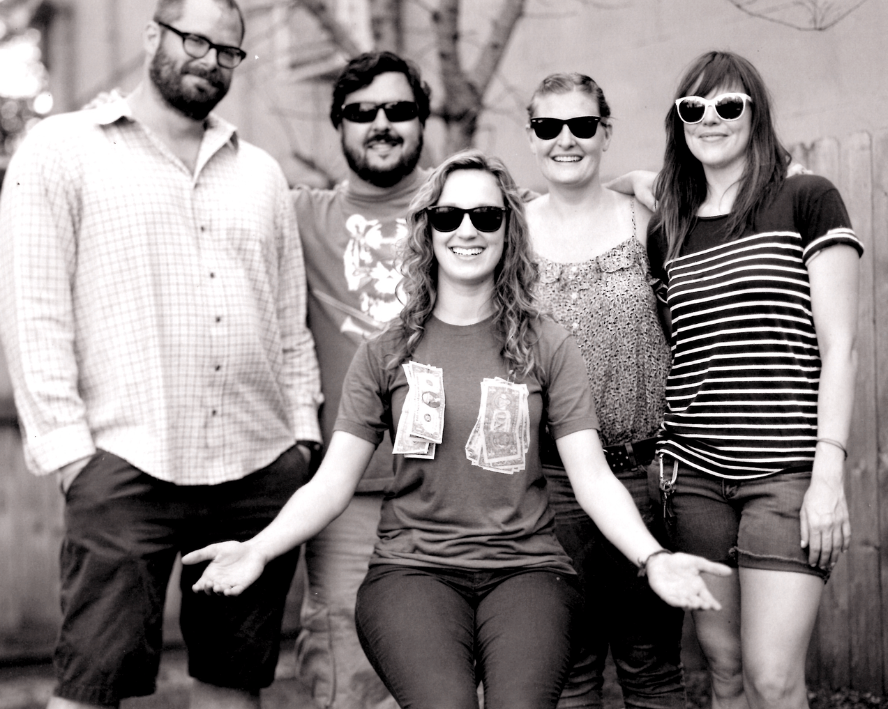
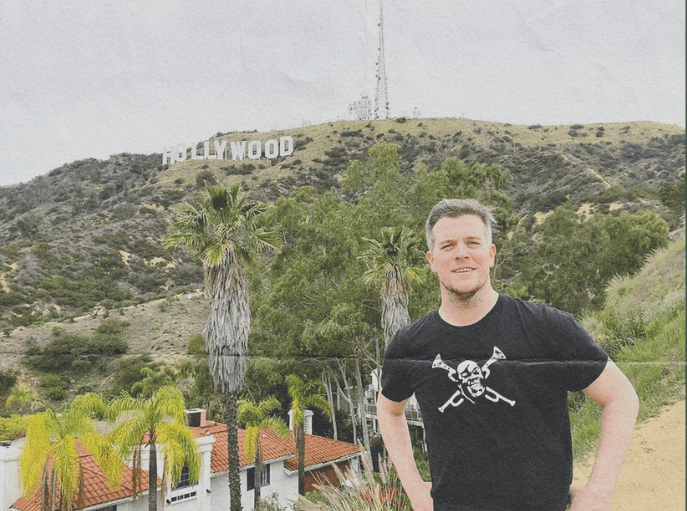

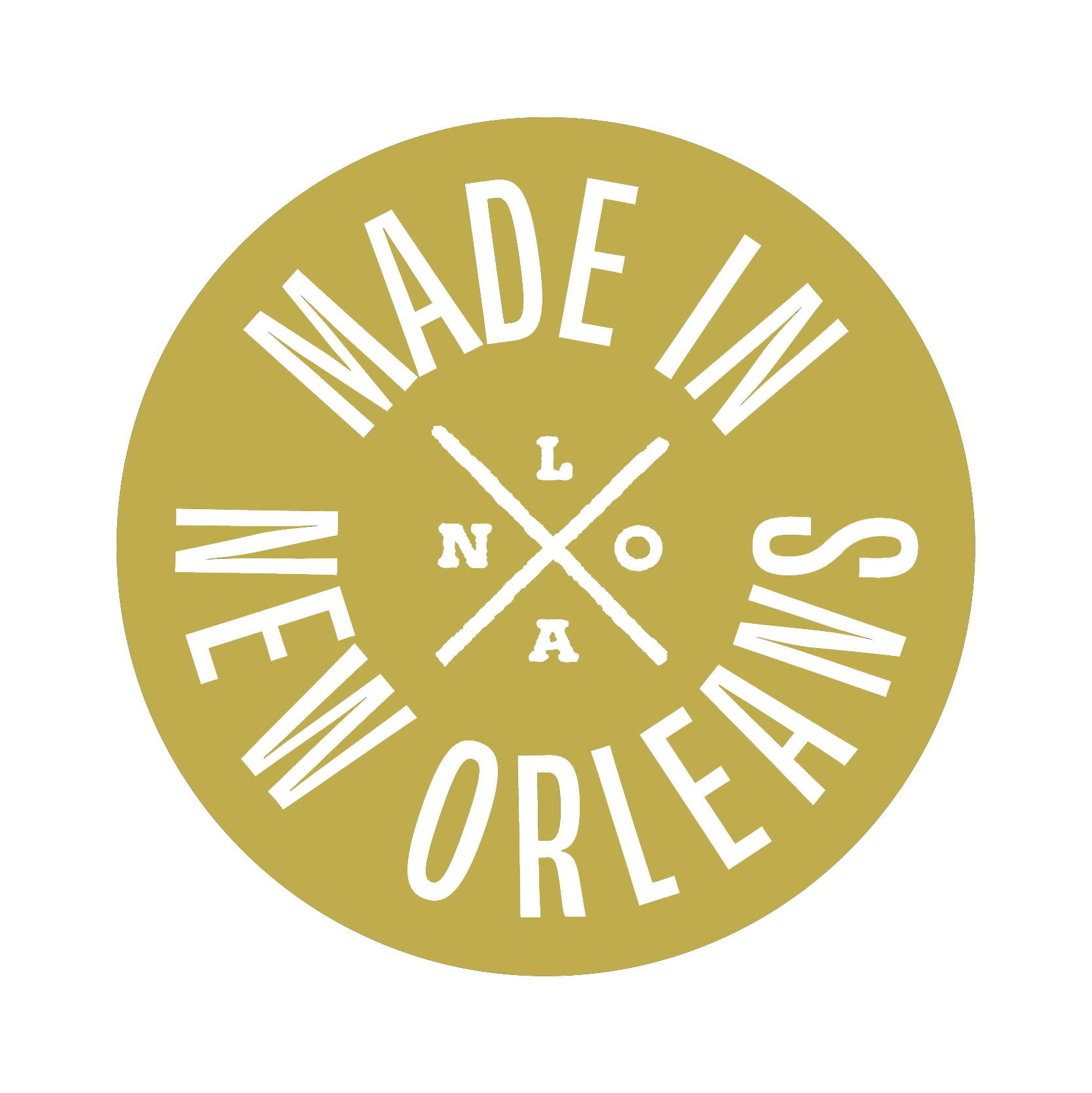
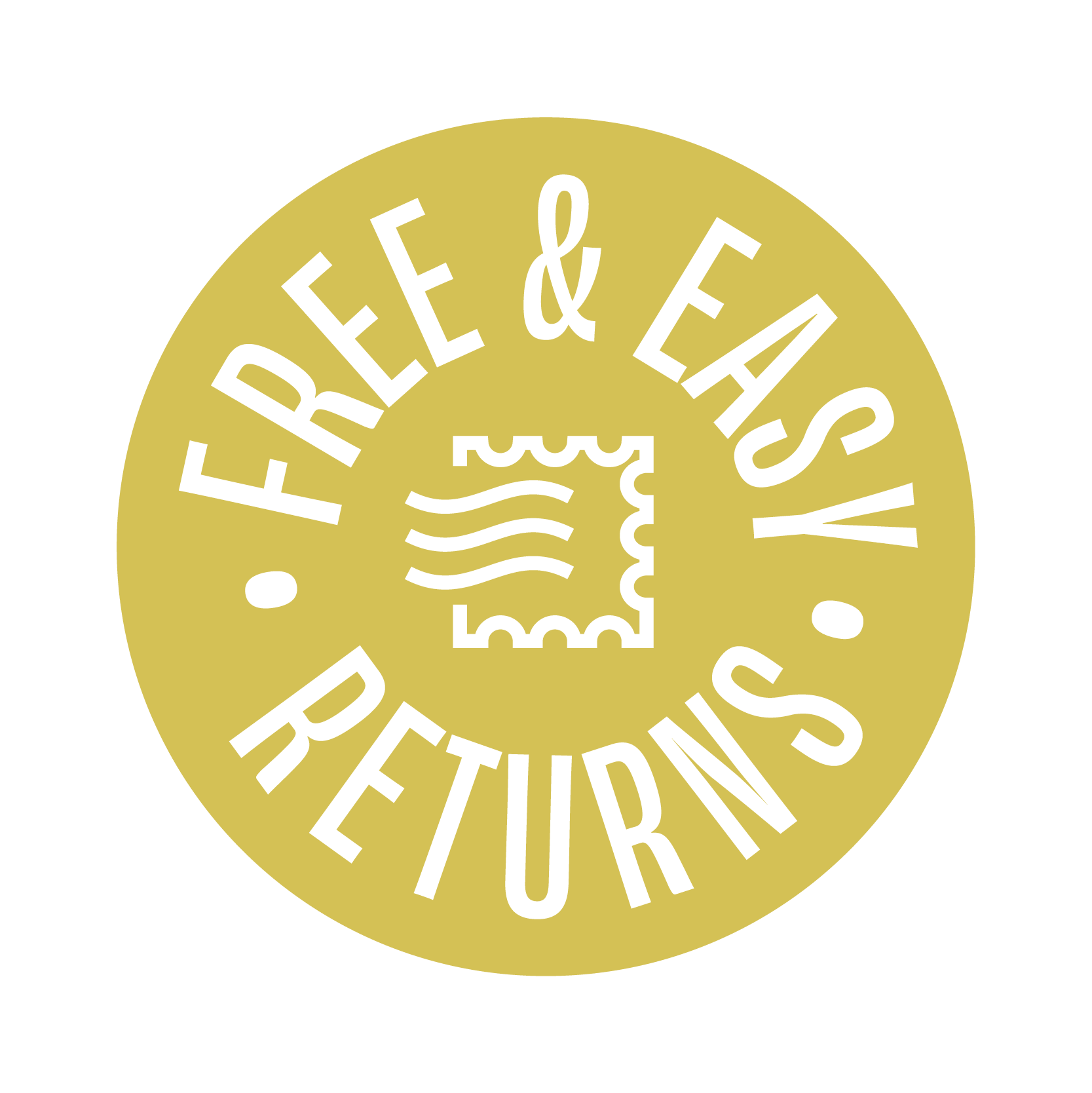

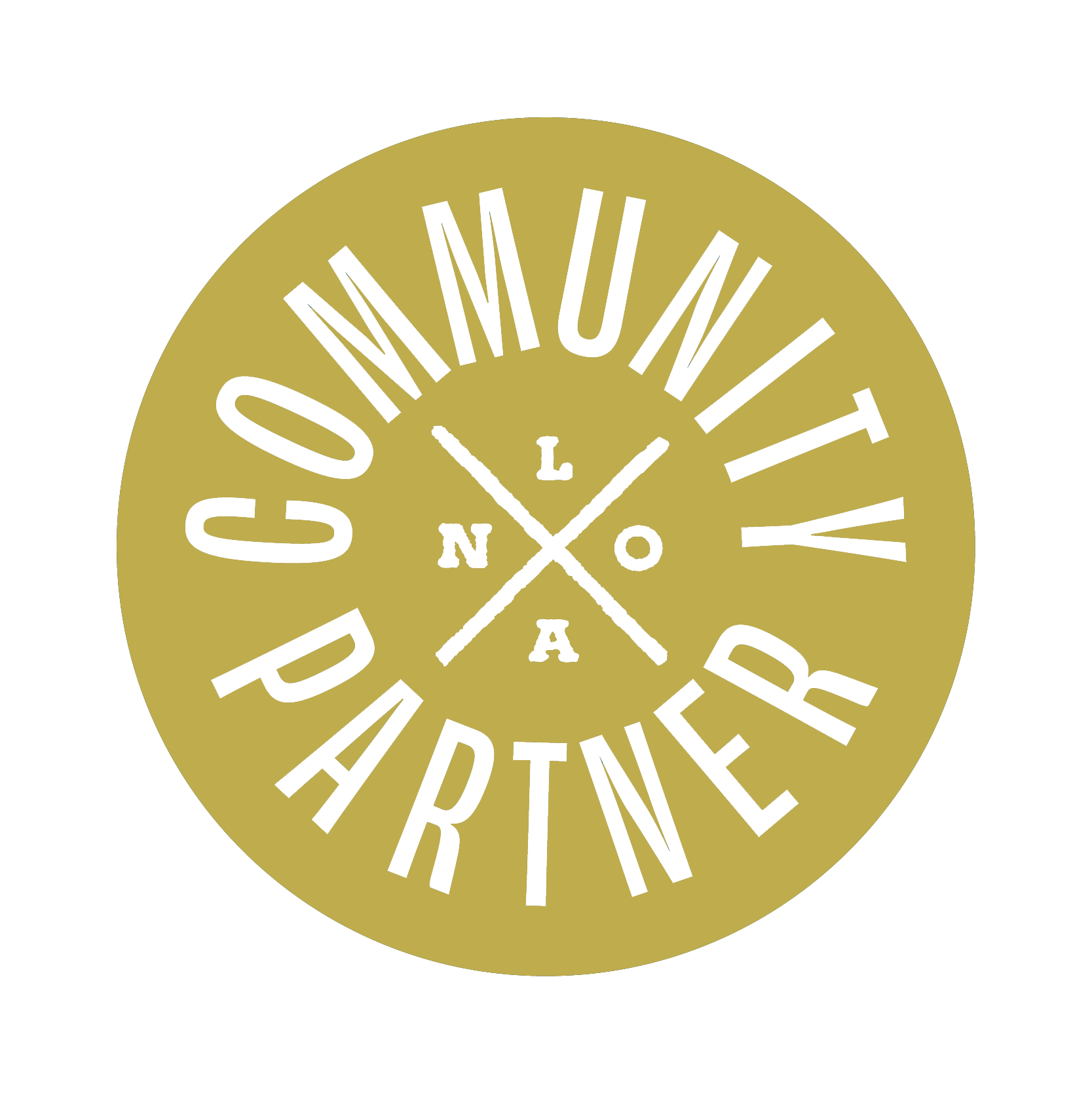
Leave a comment
All comments are moderated before being published.
This site is protected by hCaptcha and the hCaptcha Privacy Policy and Terms of Service apply.